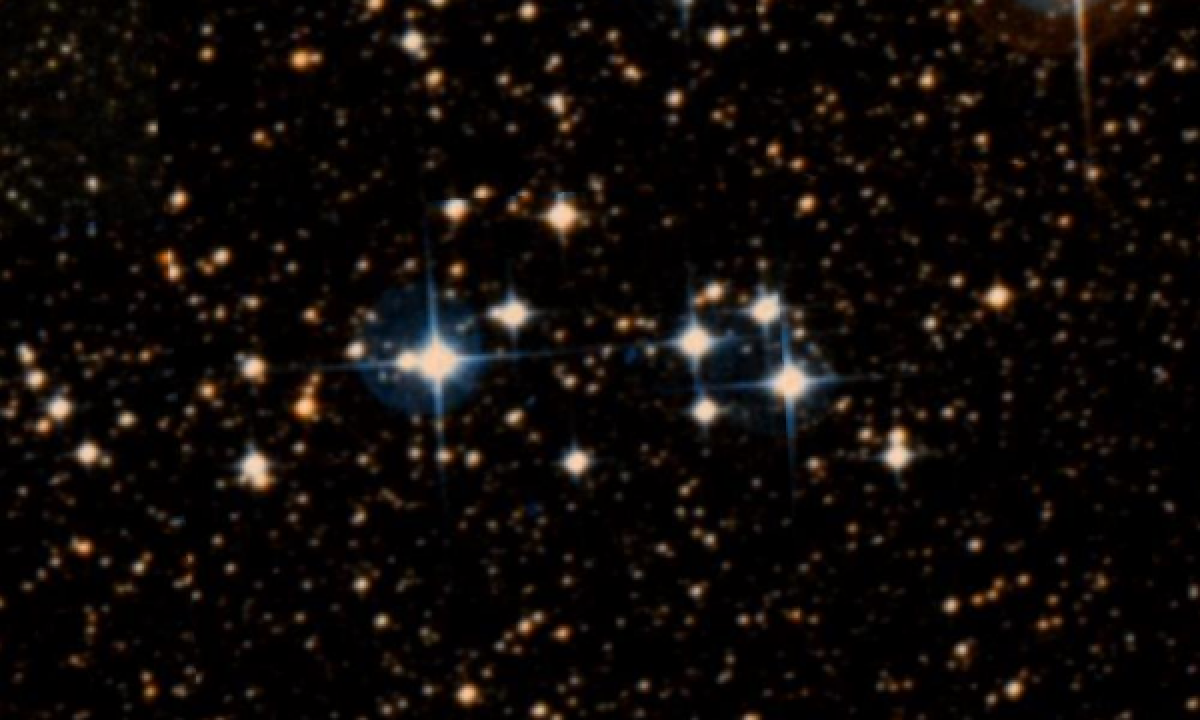The New General Catalogue of Nebulae and Clusters of Stars (abbreviated as NGC) is a catalogue of deep-sky objects compiled by John Louis Emil Dreyer in 1888. The NGC contains 7,840 objects, known as the NGC objects. It is one of the largest comprehensive catalogues, as it includes all types of deep space objects, including galaxies, star clusters, emission nebulae and absorption nebulae.
Know more about NGC
NGC 5662

NGC 5662 is an open cluster in the constellation Centaurus. It was discovered by Nicolas Louis de Lacaille on May 17, 1752 from South Africa. James Dunlop observed it on July 10, 1826 from Parramatta, Australia and added it to his catalog as No. 342. It is a rich cluster (Trumpler class II3r), with 295 stars according to Haug (1978) and 280 according with Archinal, Hynes (2003). One of its members, V Centauri, is a cepheid variable. Despite its large distance from the cluster centre, it has high likelihood of being a member of it. The tidal radius of the cluster is 6.4 - 12.4 parsecs (21 - 40 light years) and represents the average outer limit of NGC 5662, beyond which a star is unlikely to remain gravitationally bound to the cluster core.
More Images:

Sources:
Wikipedia Page: NGC 5662
NGC 5662 at In-The-Sky website
